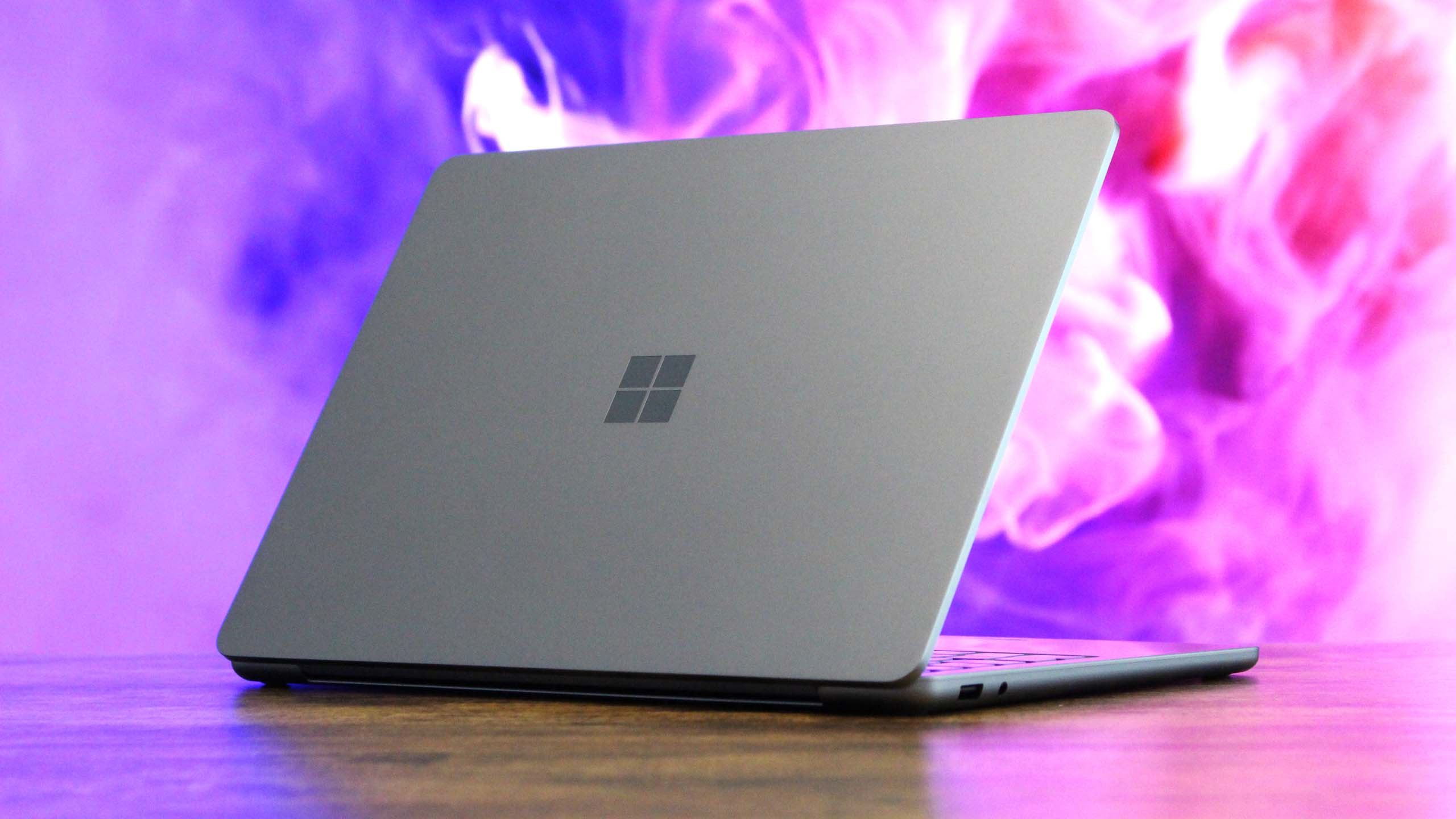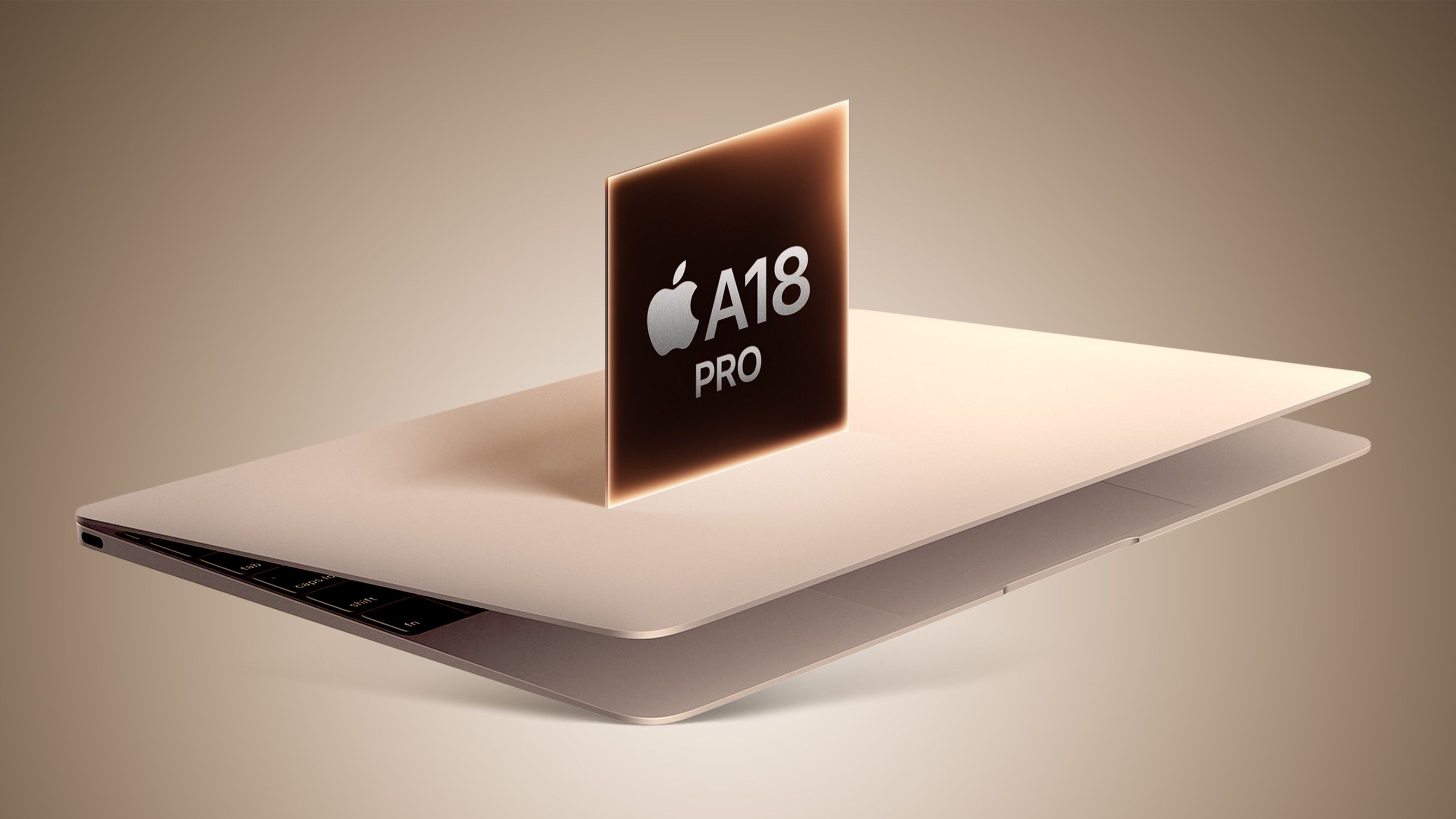Apple is rumored to be making a cheap MacBook, and the latest reports suggest it will feature a screen size of around 13-inches and cost as low as $599. Additionally, it sounds like Apple could be readying this cheap MacBook for launch as soon as this fall, timed perfectly with Windows 10’s end of support.
Until now, new MacBook’s from Apple have always costed upwards of $999, pricing them out of consideration for a large chunk of people. In recent months, we’ve seen sales that bring the excellent MacBook Air down to as low as $799, but we’ve never seen a new MacBook, sold directly by Apple, for anywhere near the $599 price point.
At that price, it takes square aim at the midrange Windows PC market, a segment that is dominated by Windows 10 PCs that are about to be out of support come October. For anyone looking to buy a new laptop to replace their aging Windows 10 one this year, a $599 is going to be darn near irresistible to pass up.
Apple launching a $599 MacBook is the nightmare scenario for Microsoft, who is eager to push as many Windows 10 users to Windows 11 as possible before the year ends. Lots of Windows users have been unhappy with Microsoft’s conduct around Windows 11, especially when it comes to ads and bloat.
That means more people than ever are potentially looking to jump ship, and have been waiting for the right time to make the switch to something else. As millions of PCs are left unsupported by Microsoft this fall, a $599 MacBook is going to feel like being handed a life jacket on a sinking ship to many people.
So, what do we know about this $599 MacBook, and are there any Windows PCs that can even attempt to compete at this price point?
As things currently stand, we know Apple’s cheap MacBook will be powered by an Apple A18 Pro SoC, the same chip that powers the current iPhone 16 Pro. This chip is plenty powerful, offering performance similar to that of Apple’s M1 chip. The laptop is also expected to feature a 12.9-inch display, an ultra-thin and lightweight design, and come in a handful of fun colors.

Microsoft just recently launched its own cheaper Surface Laptop, featuring a similarly sized 13-inch display and Snapdragon X Plus SoC. However, this laptop comes in at $300 more than Apple’s rumored cheap MacBook. Admittedly, the Snapdragon X Plus is quite a bit more capable than Apple’s A18 Pro, but in day to day usage this will be unnoticeable to the average user, and might even result in better battery life on the MacBook.
Ultimately, to get a good laptop for anywhere near $599, you’ll need to watch out for sales. For example, Samsung’s Galaxy Book4 Edge, which features a Snapdragon X Plus and Full HD 15-inch display, is usually $899 but can be had for $579 right now. That’s a great deal, but it still runs Windows, which I think a lot of people want to do away with right now.
That’s the uphill battle that Windows OEMs and Microsoft are going to face in the wake of a $599 MacBook. It’s not just whether or not the hardware is good, but if the OS is good too. Windows 11 has a rather undeserved poor reputation in the mainstream media, and no amount of hardware that competes with a $599 MacBook is going to change that.
So the onus lies on Microsoft to fix up Windows and improve its reputation to the point where people aren’t looking to abandon it so willingly. People should love to use Windows, but I feel that for a lot of people, they’ve been using it because they can’t afford anything else.
That’s going to change if a $599 MacBook enters the scene. Timed perfectly with Windows 10’s end of support, it’s the perfect storm to shake up the midrange Windows market, and potentially steal a significant chunk of the Windows userbase in the process.
Of course, for Windows users that want anything more than a clamshell laptop, such as a 2-in-1 form factor or touchscreen, Windows laptops are still going to be your only choice. But if you’re in the market for a straight up laptop, why would you choose a $599 Windows device over a $599 MacBook?
What are your thoughts on Apple’s rumored $599 MacBook? Do you think the company has deliberately timed the release of such a device with Windows 10’s end of support window? Let us know in the comments!
Source link

